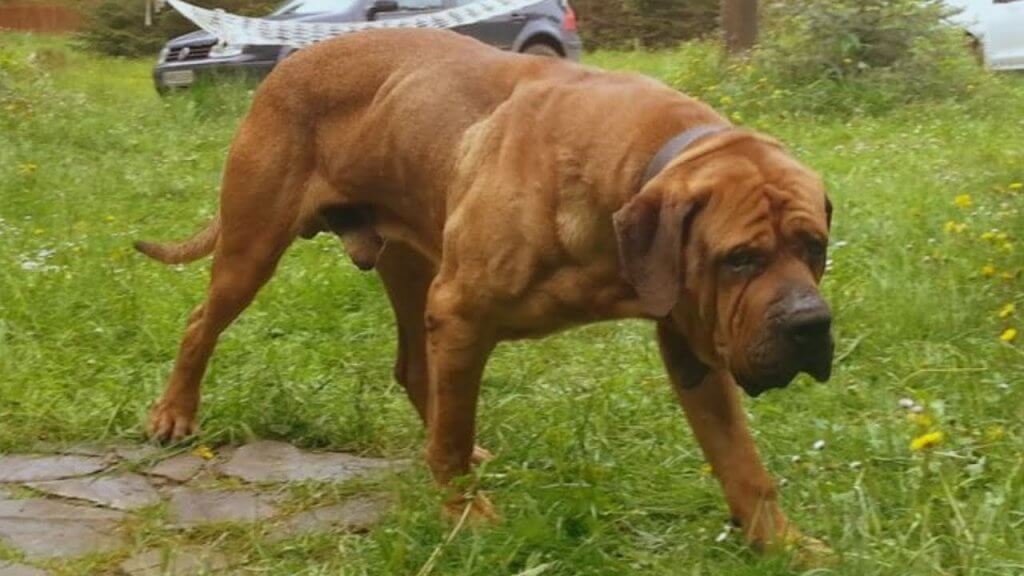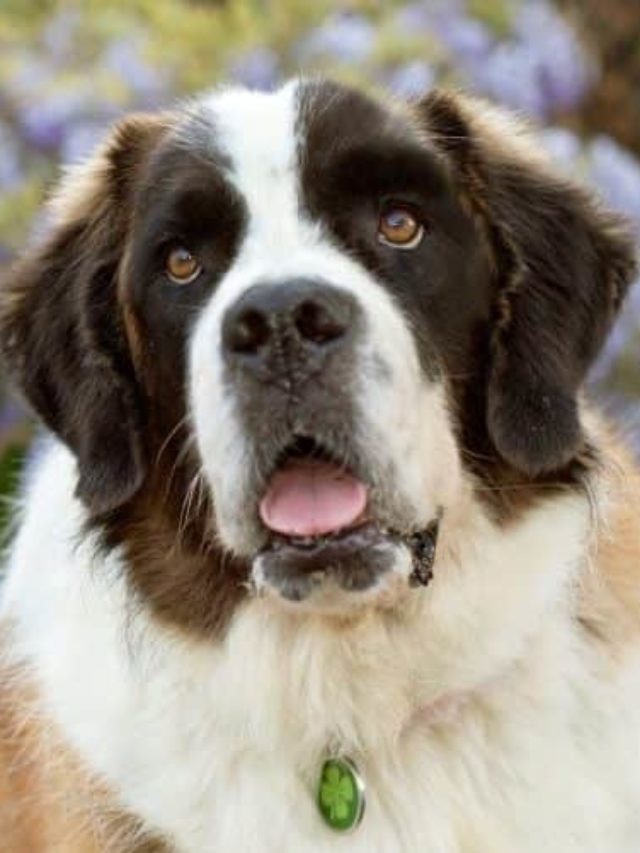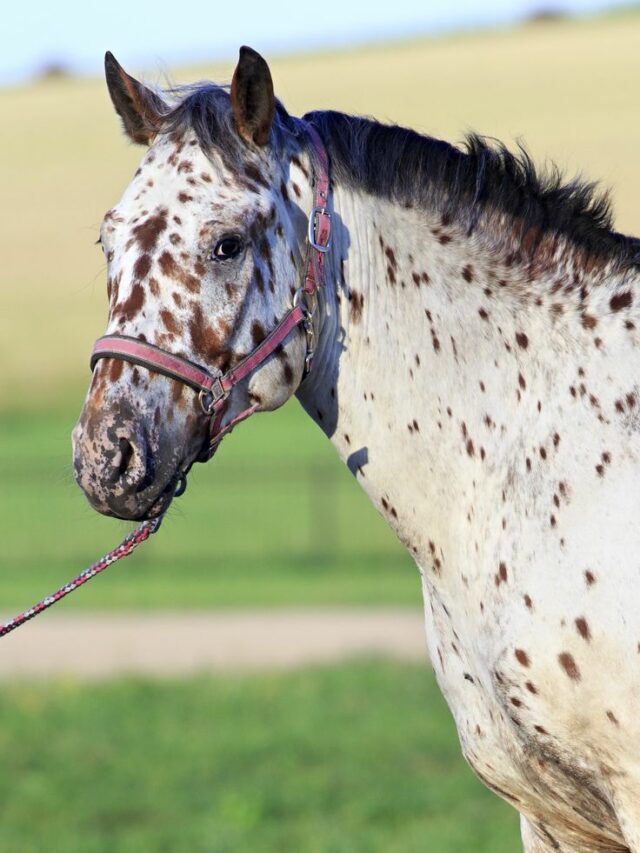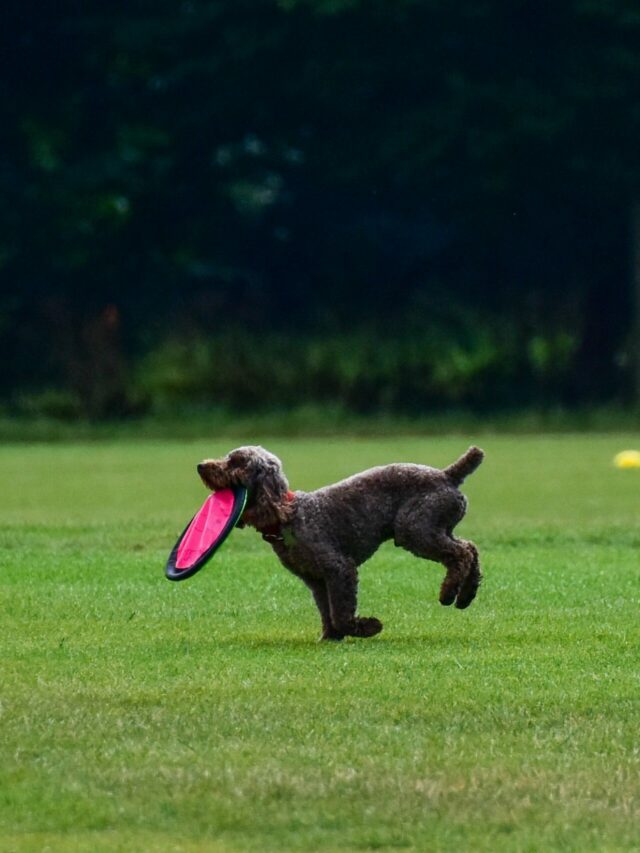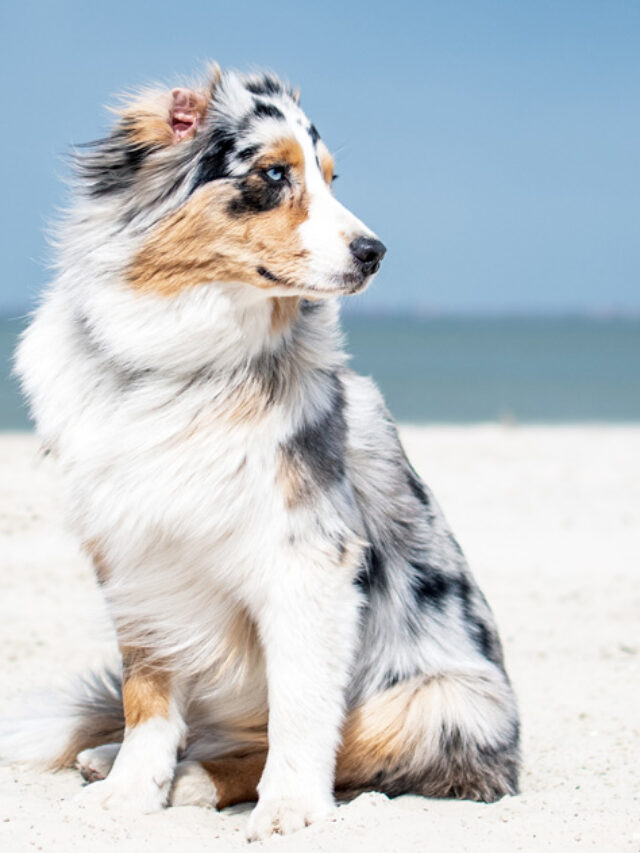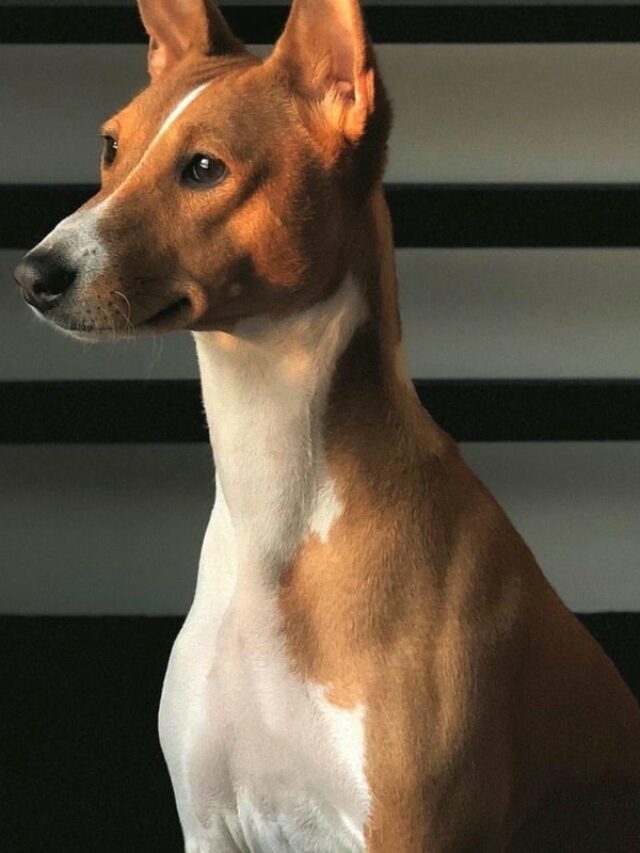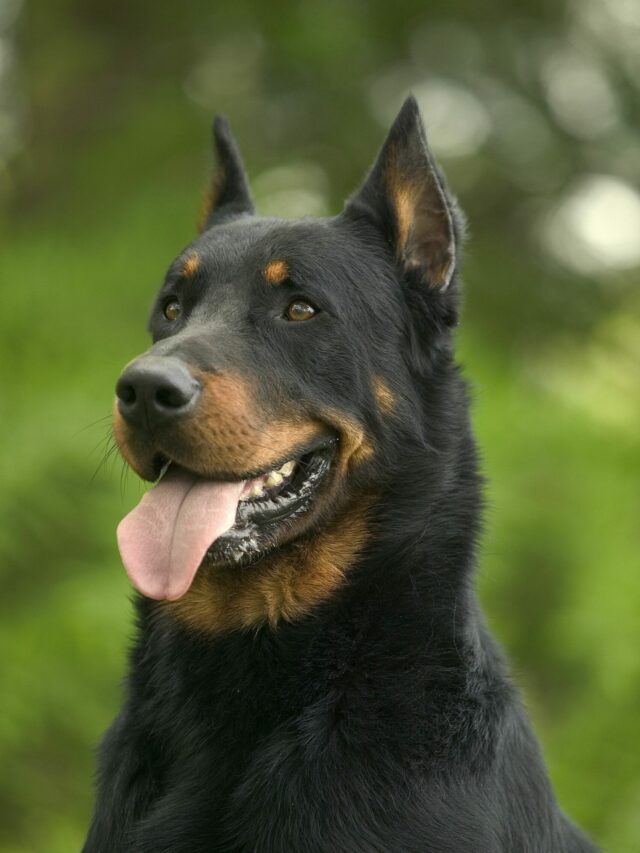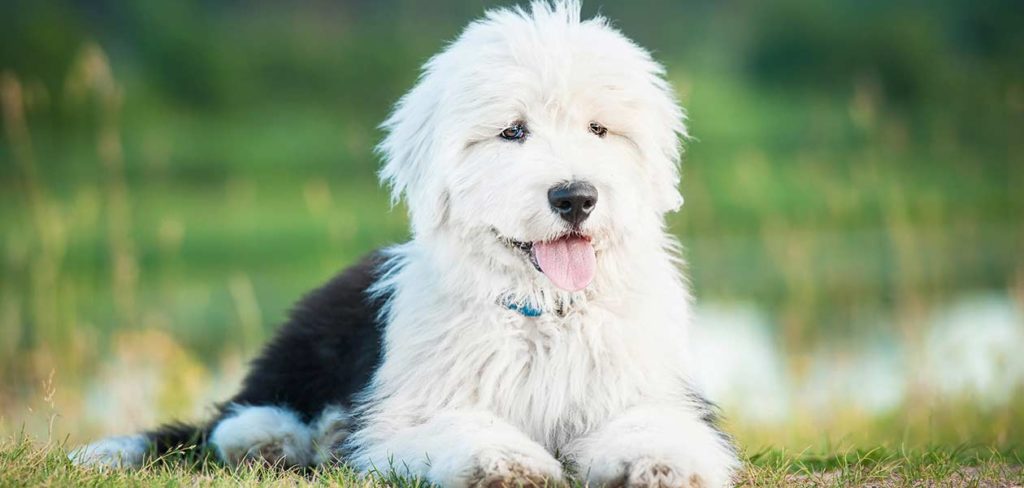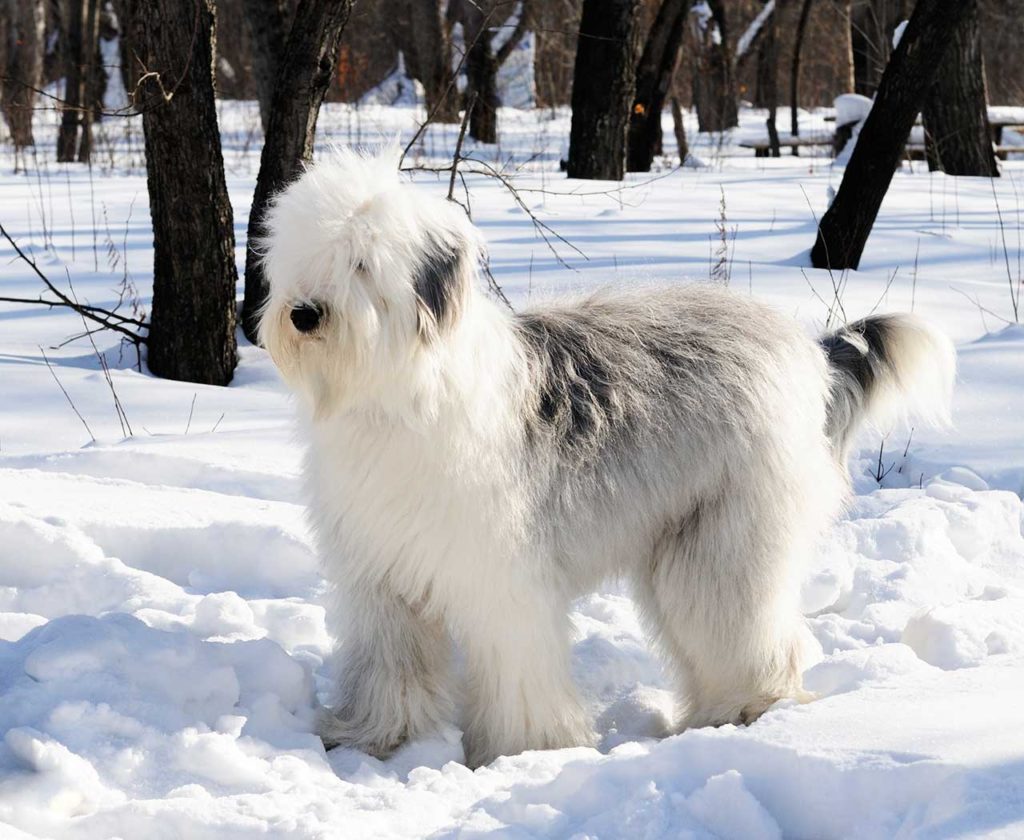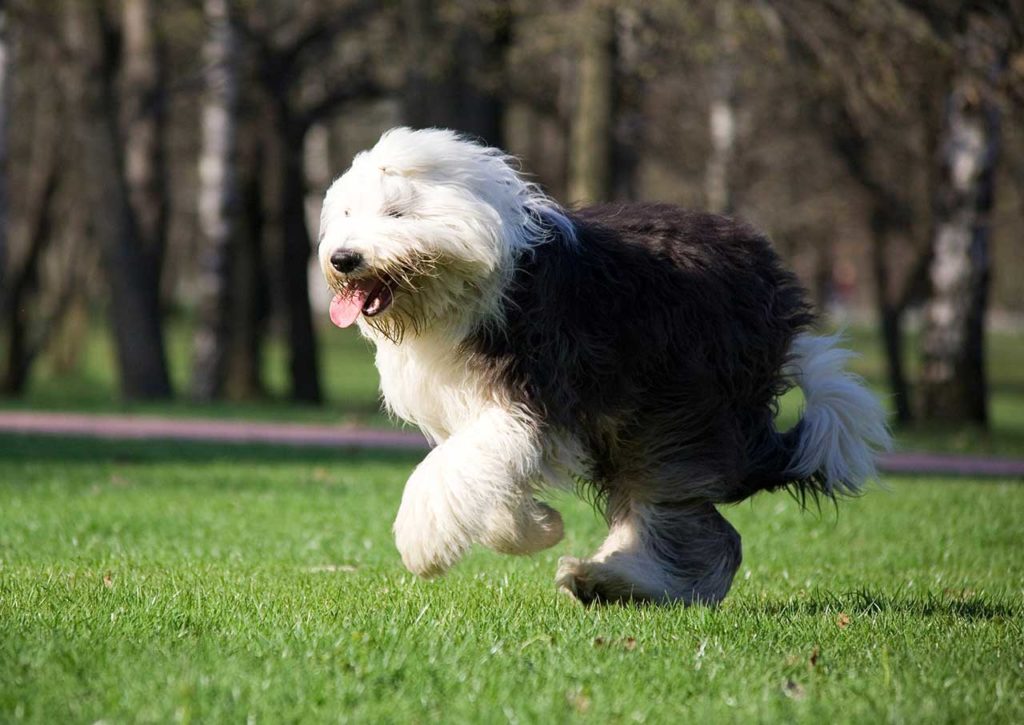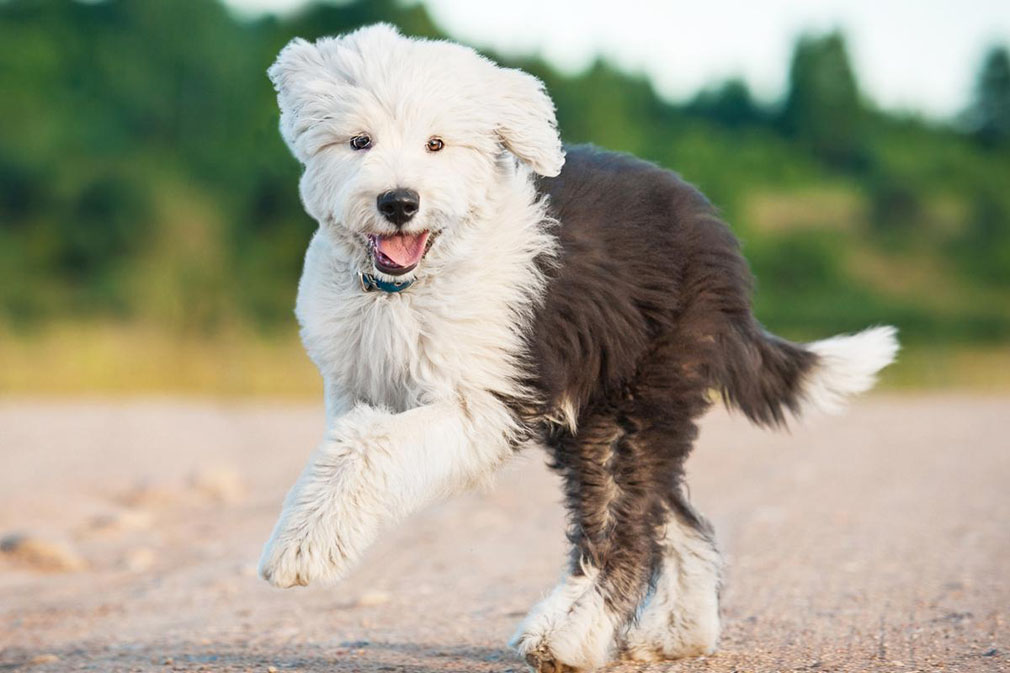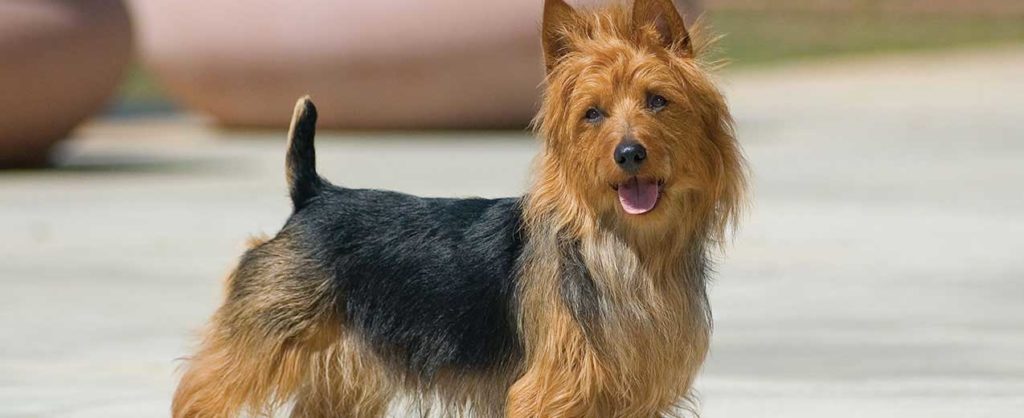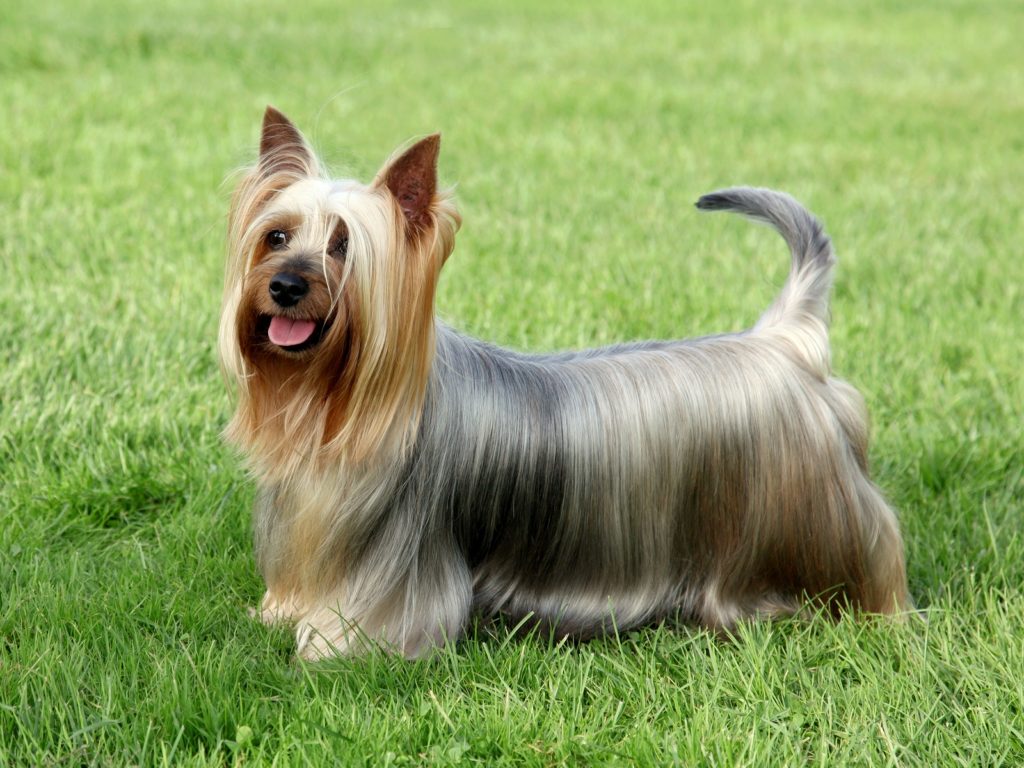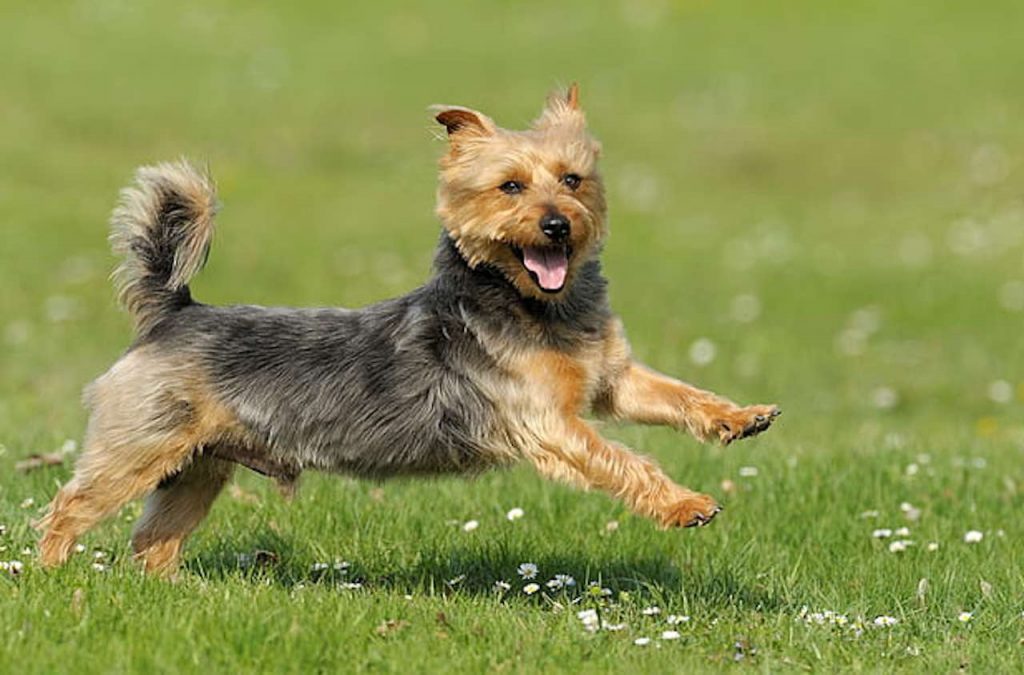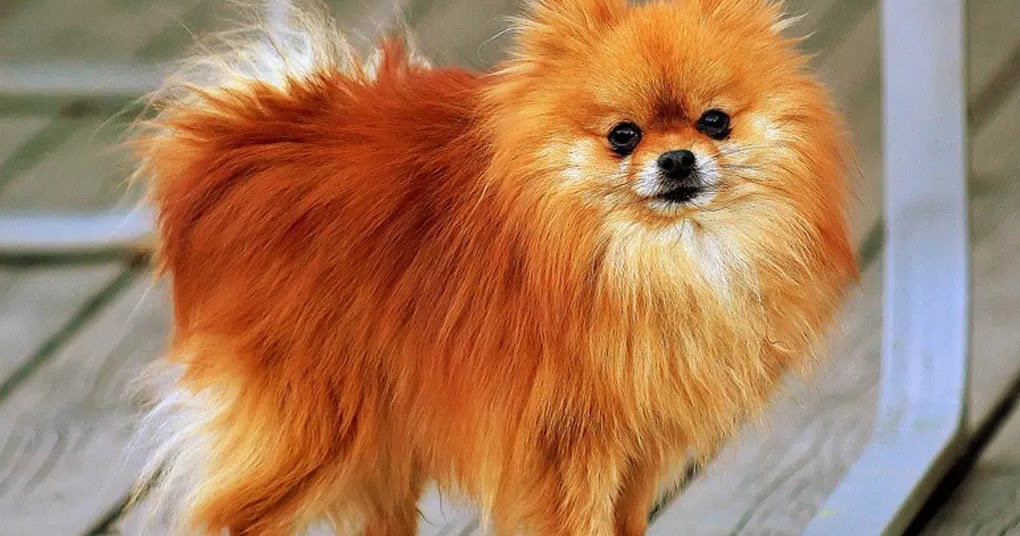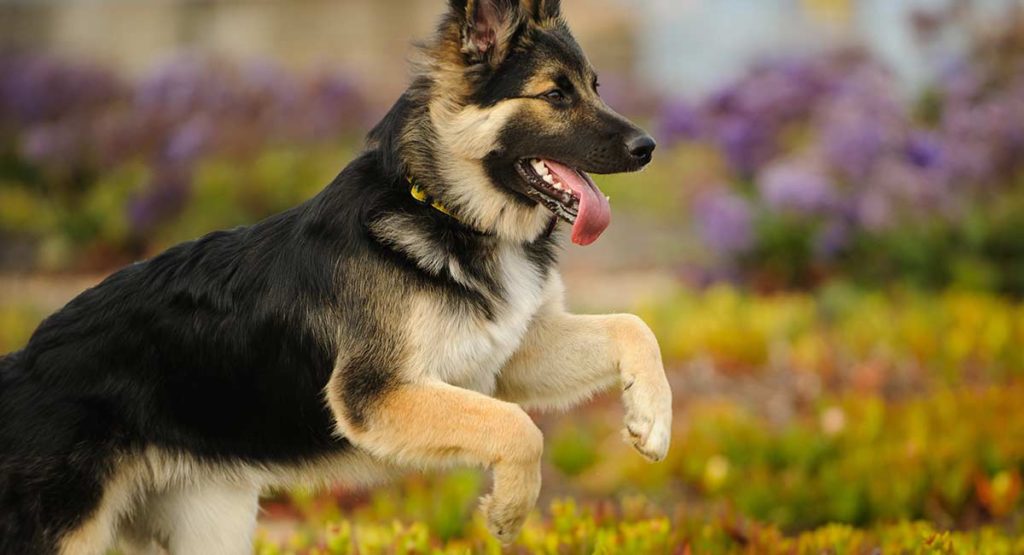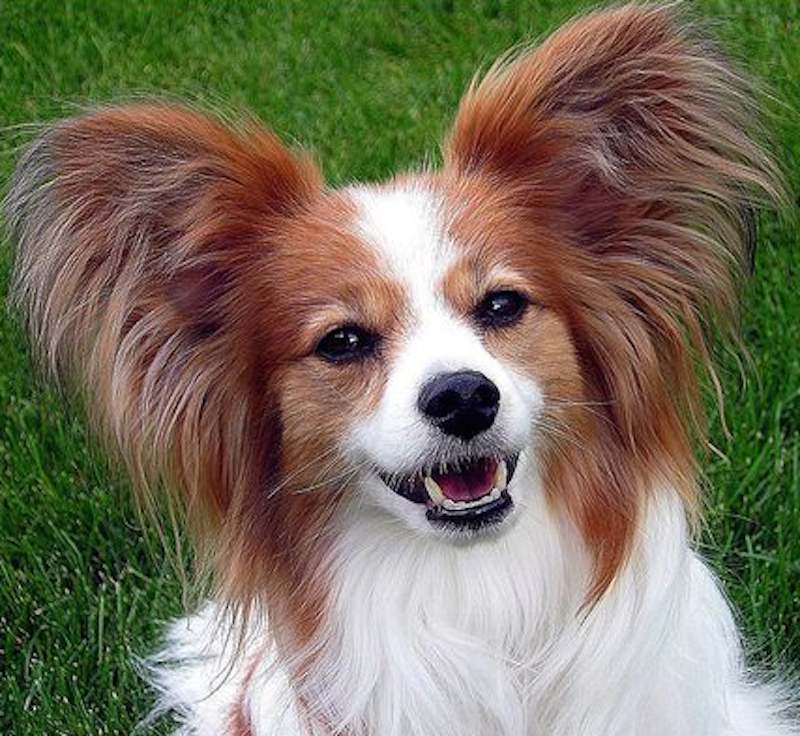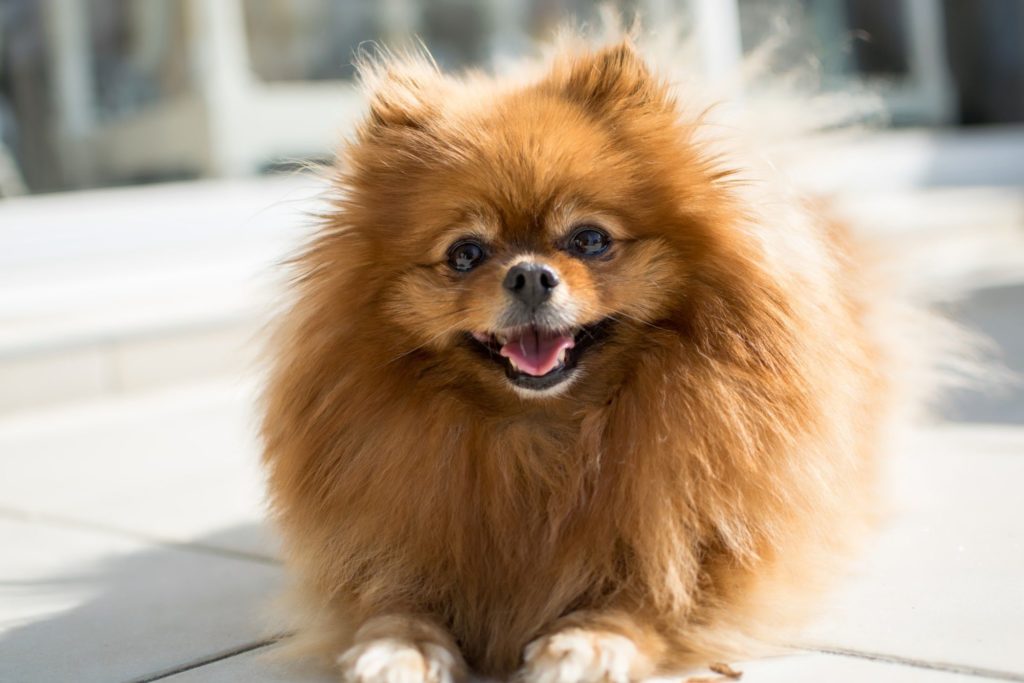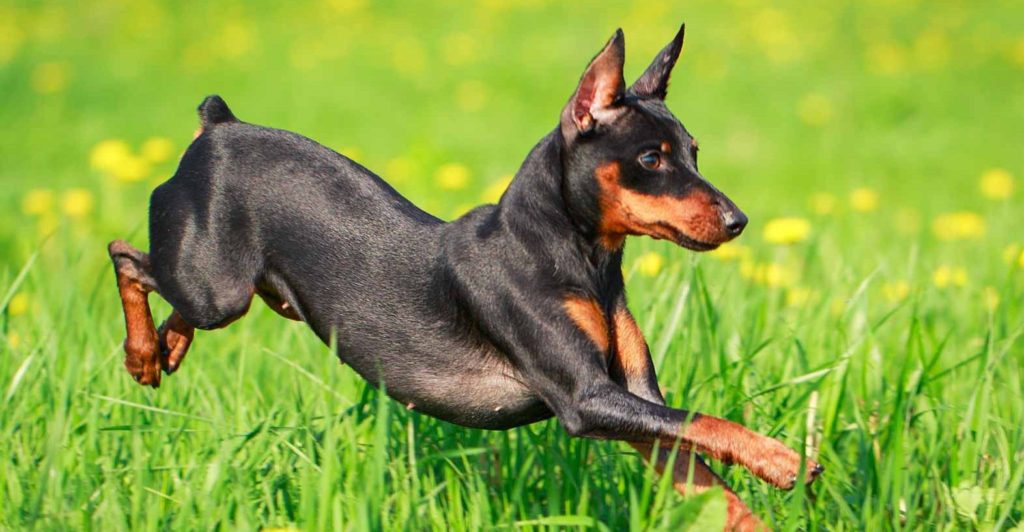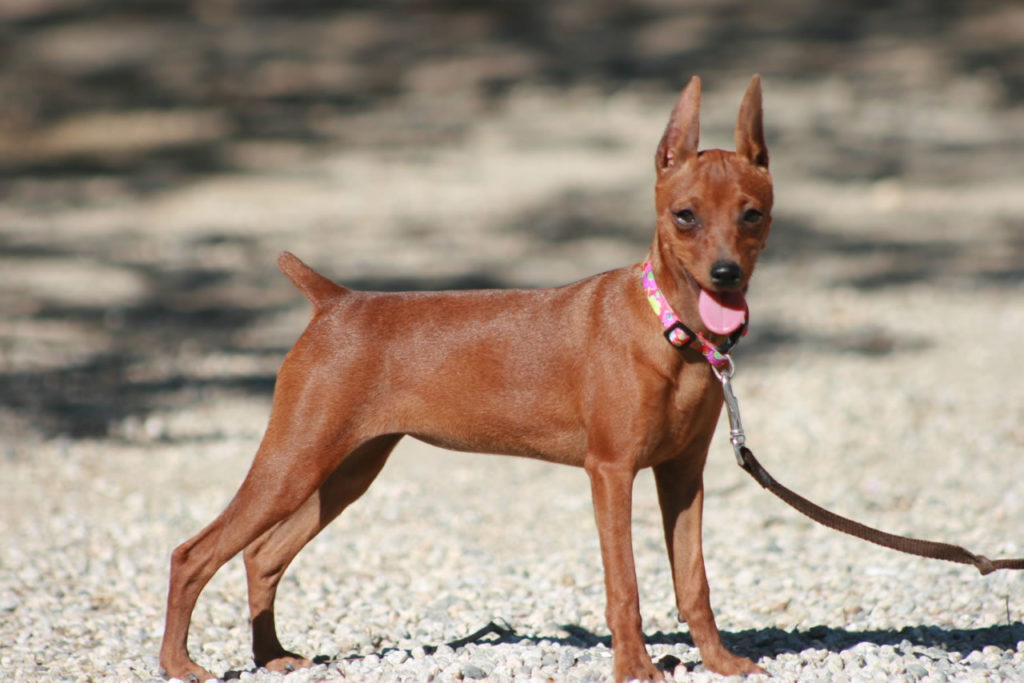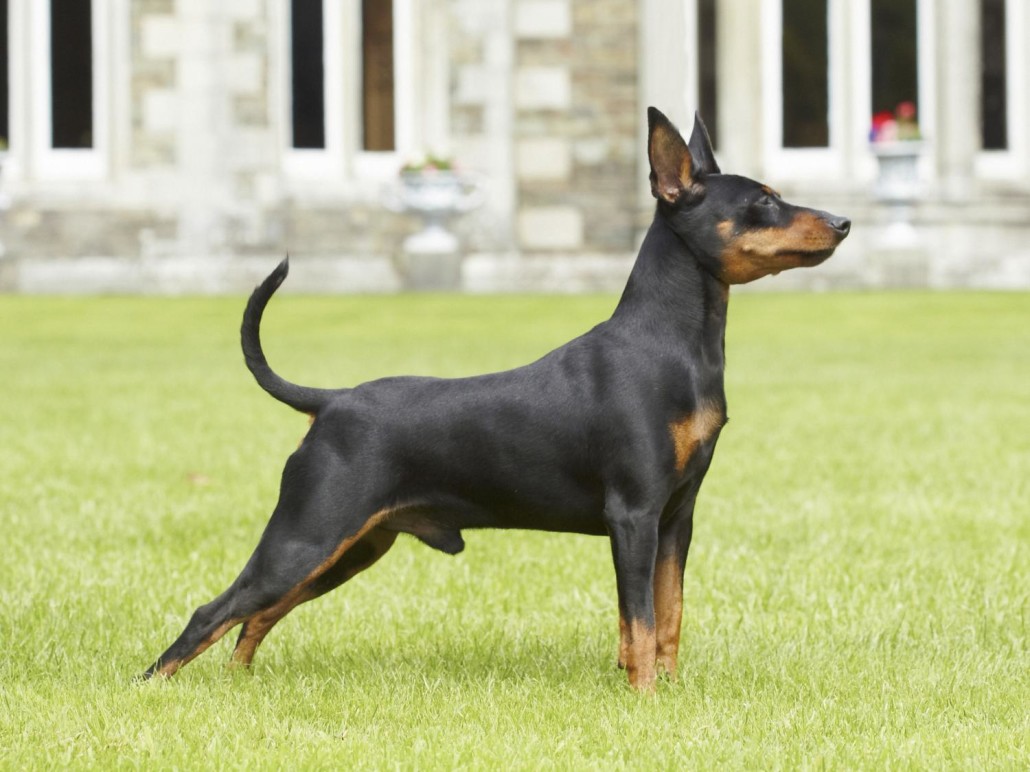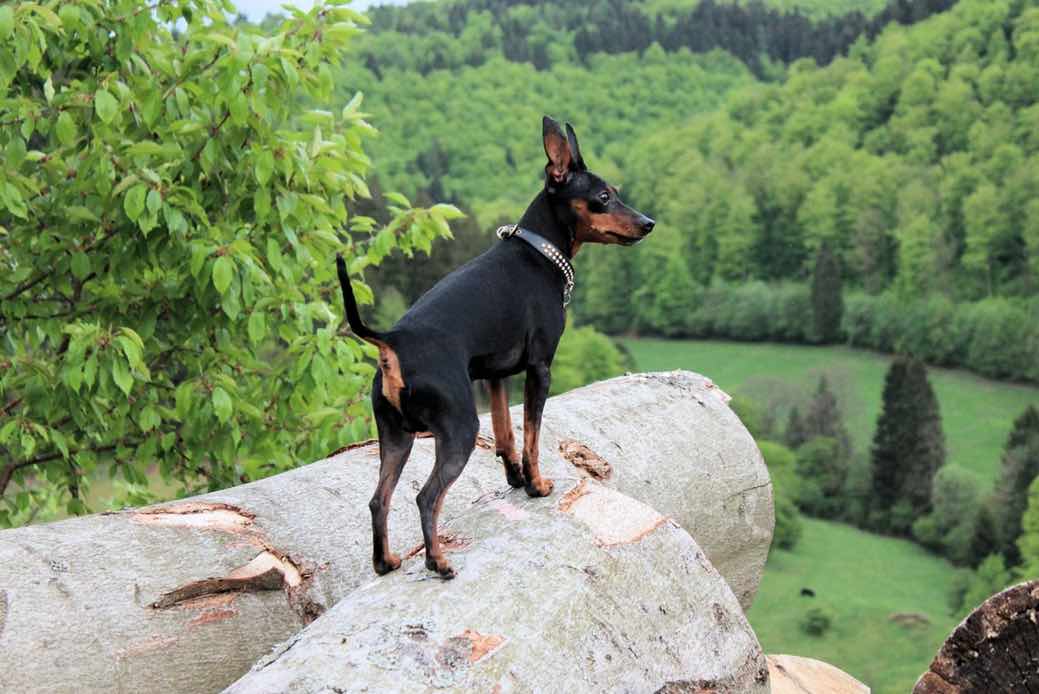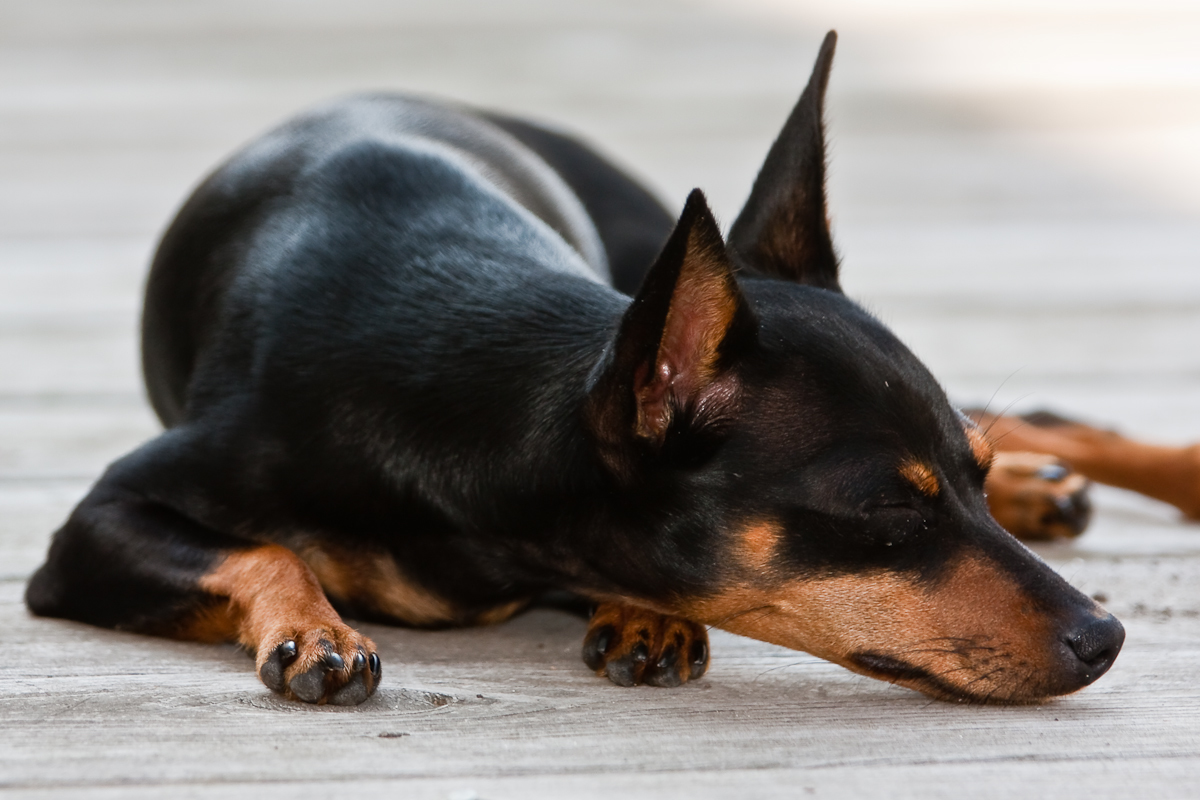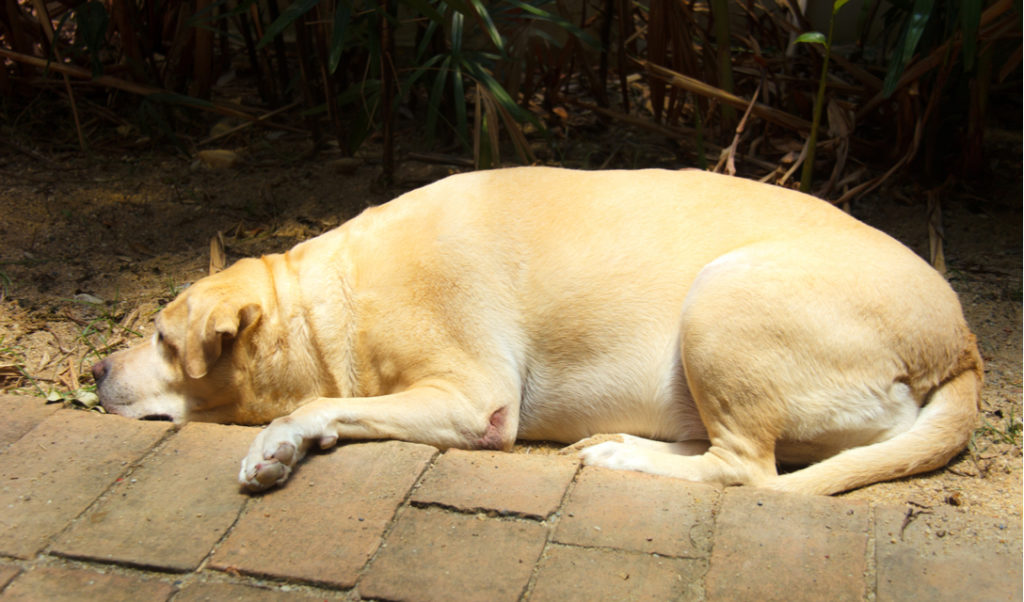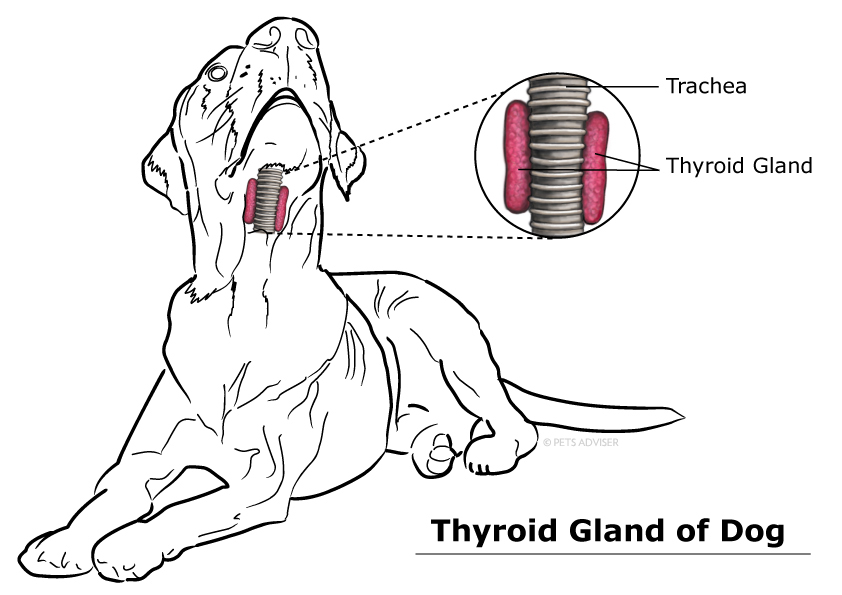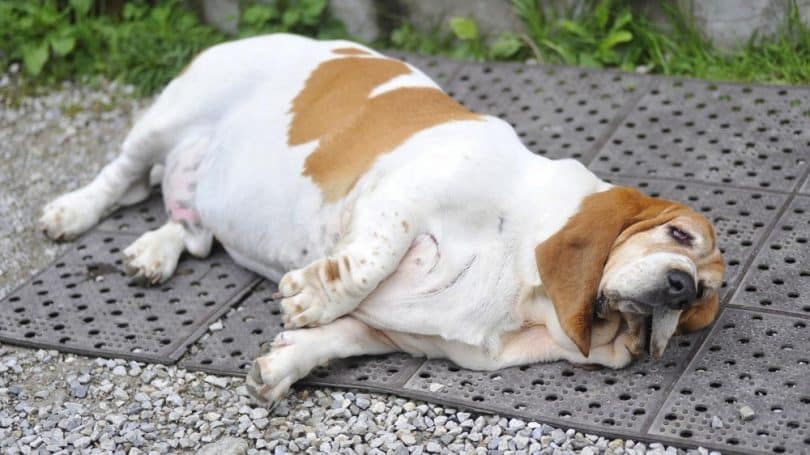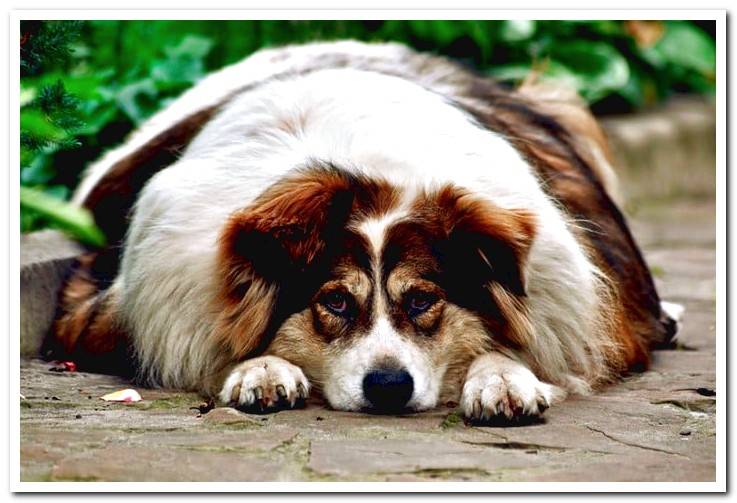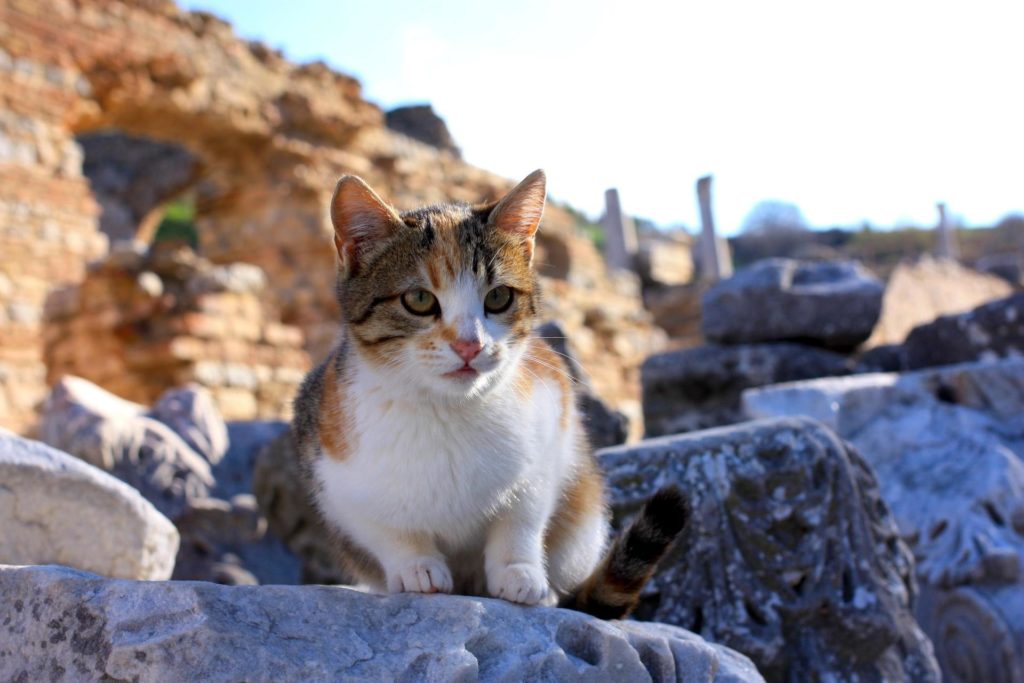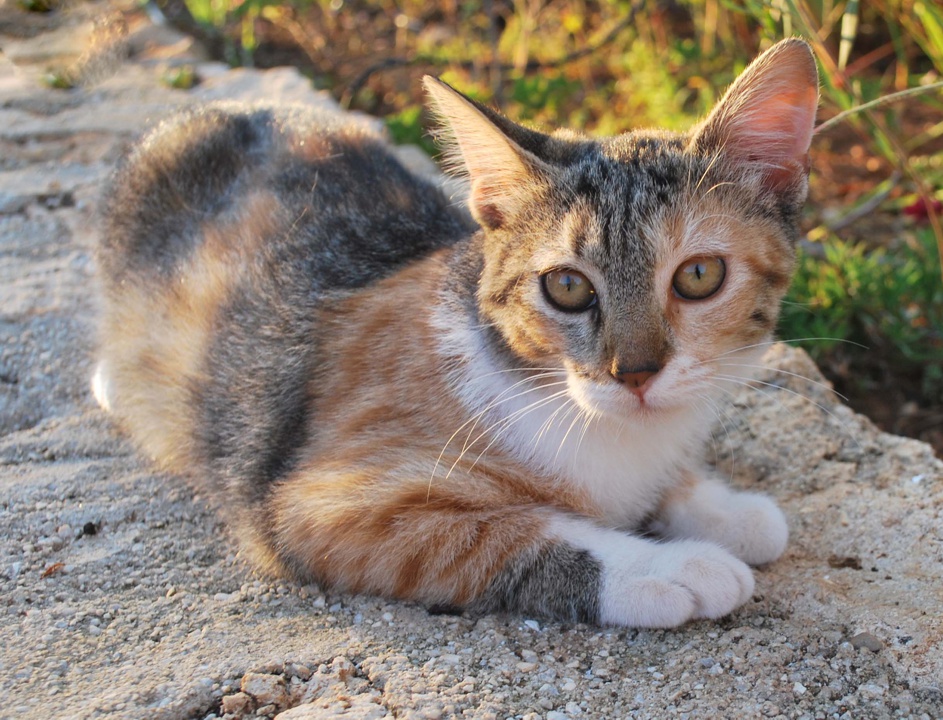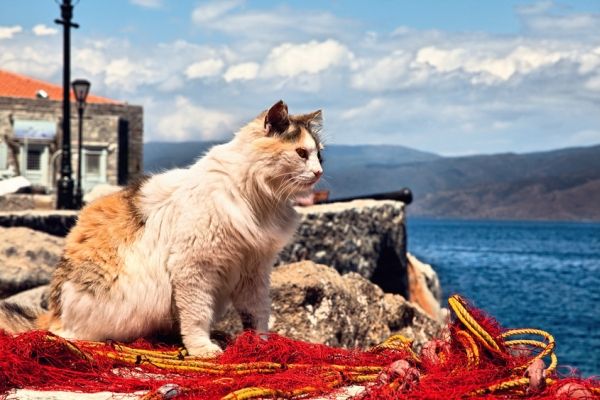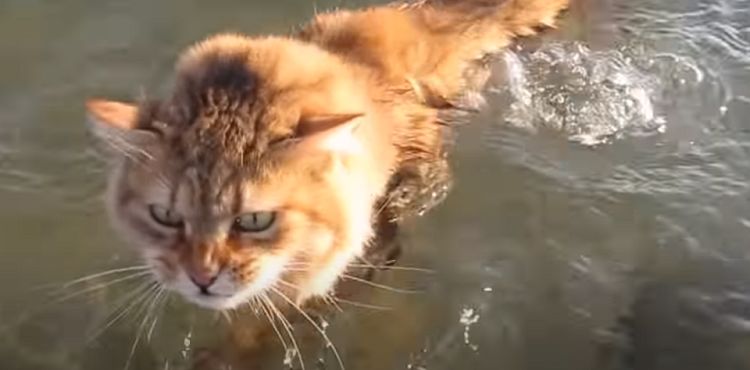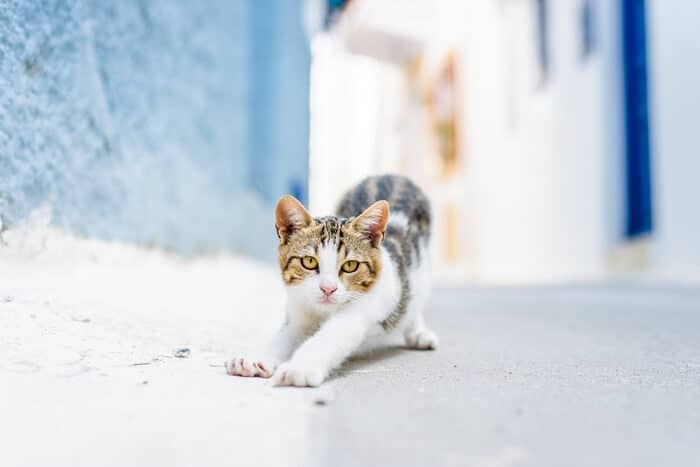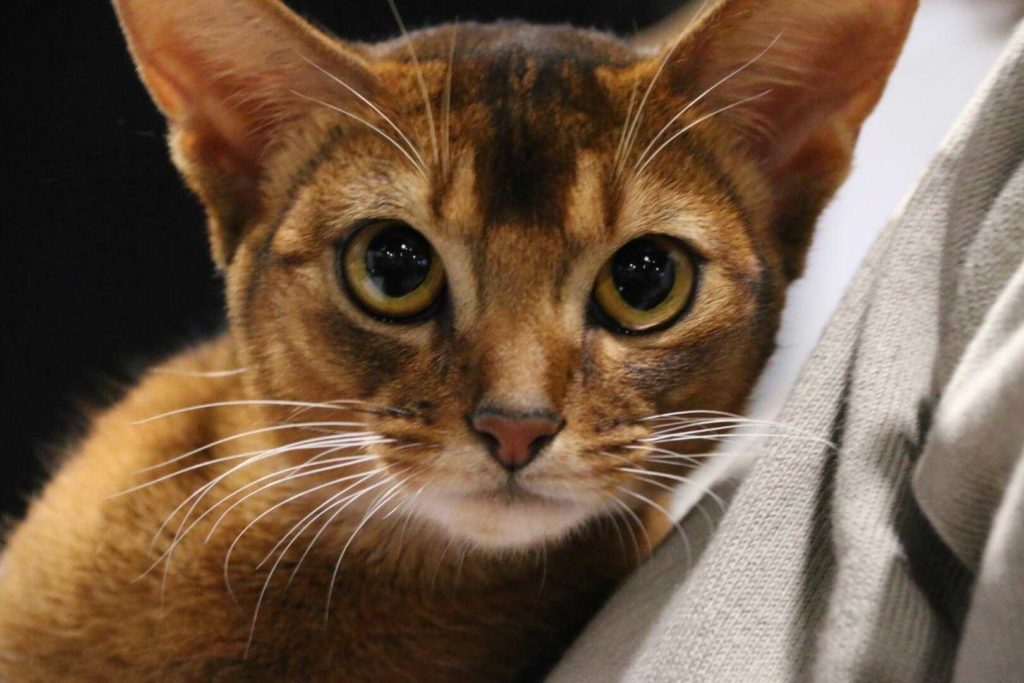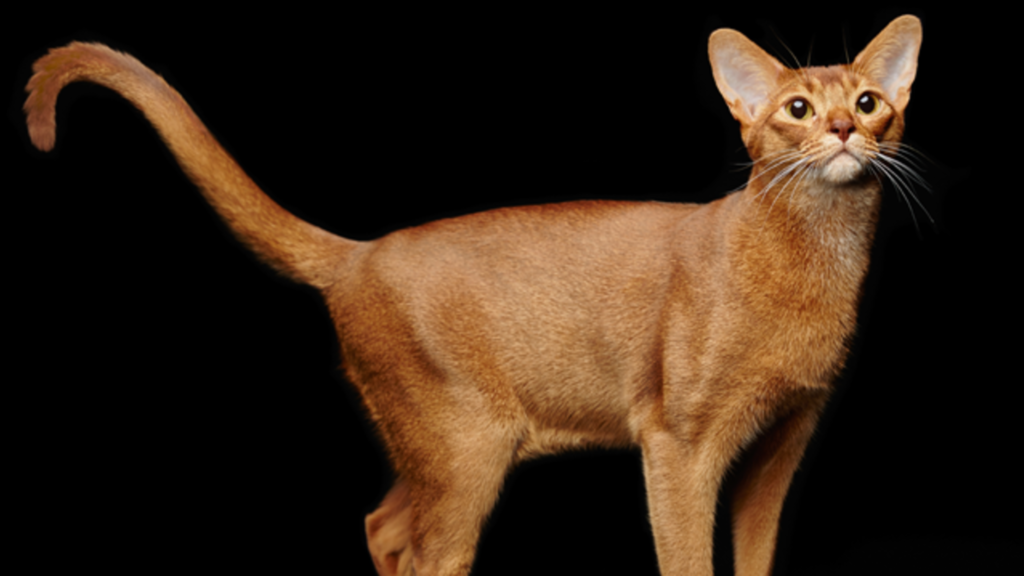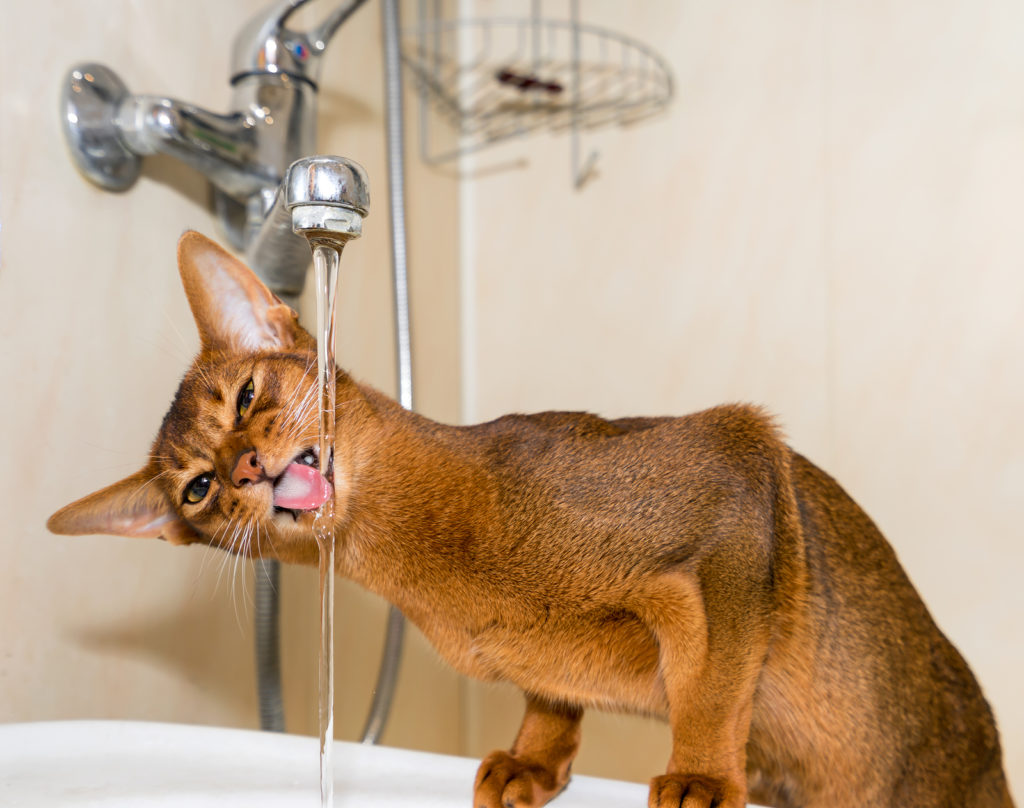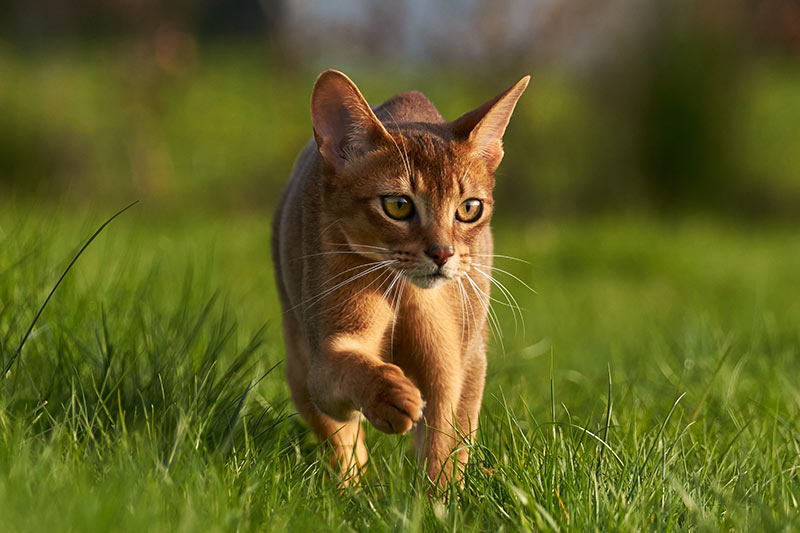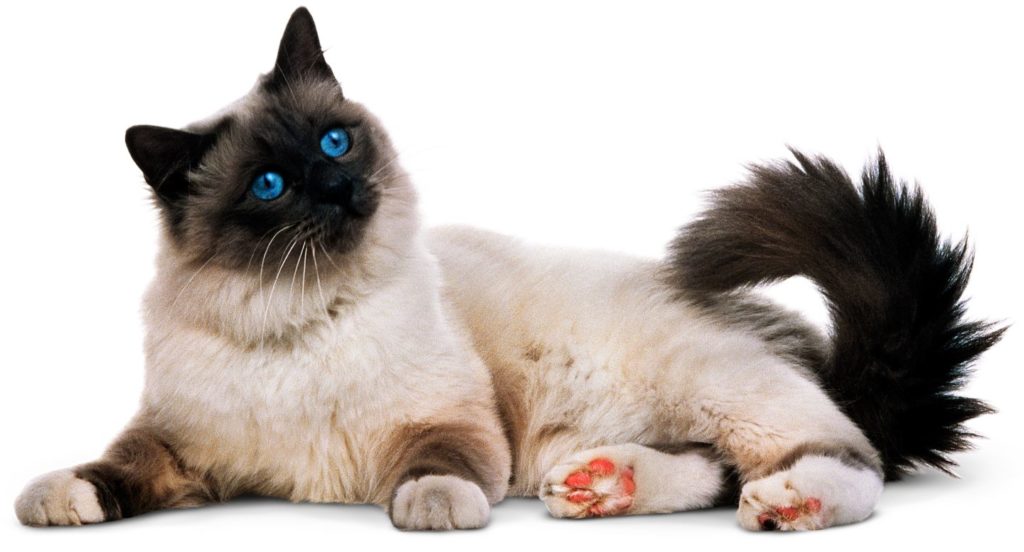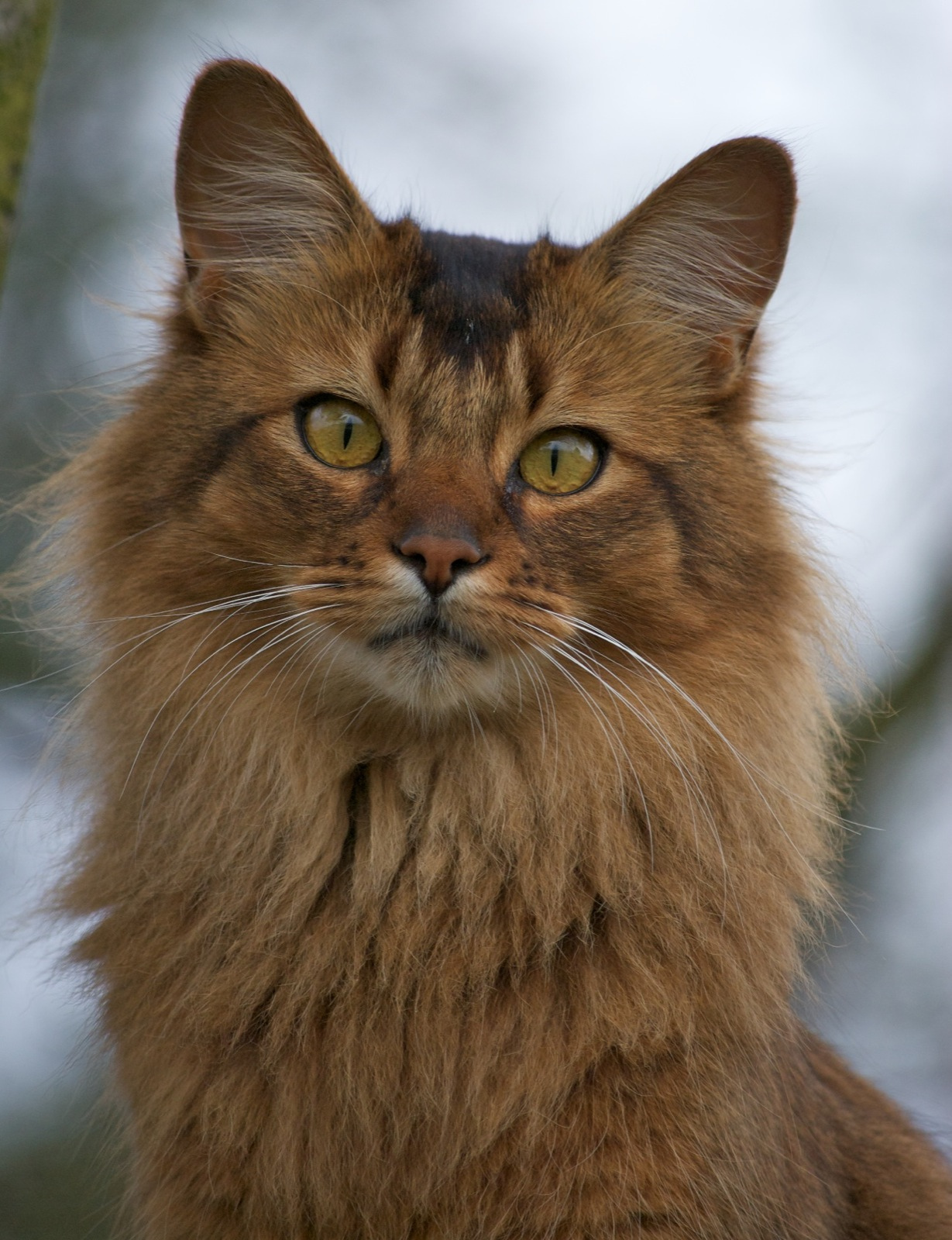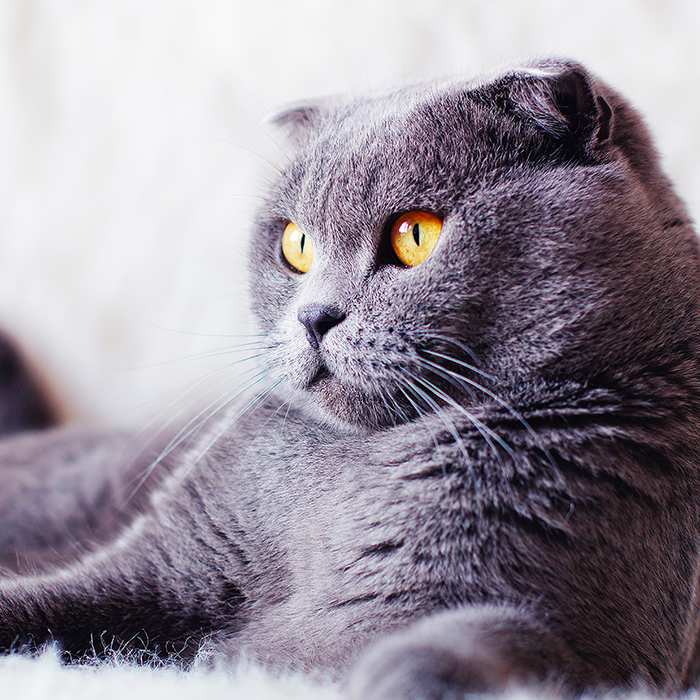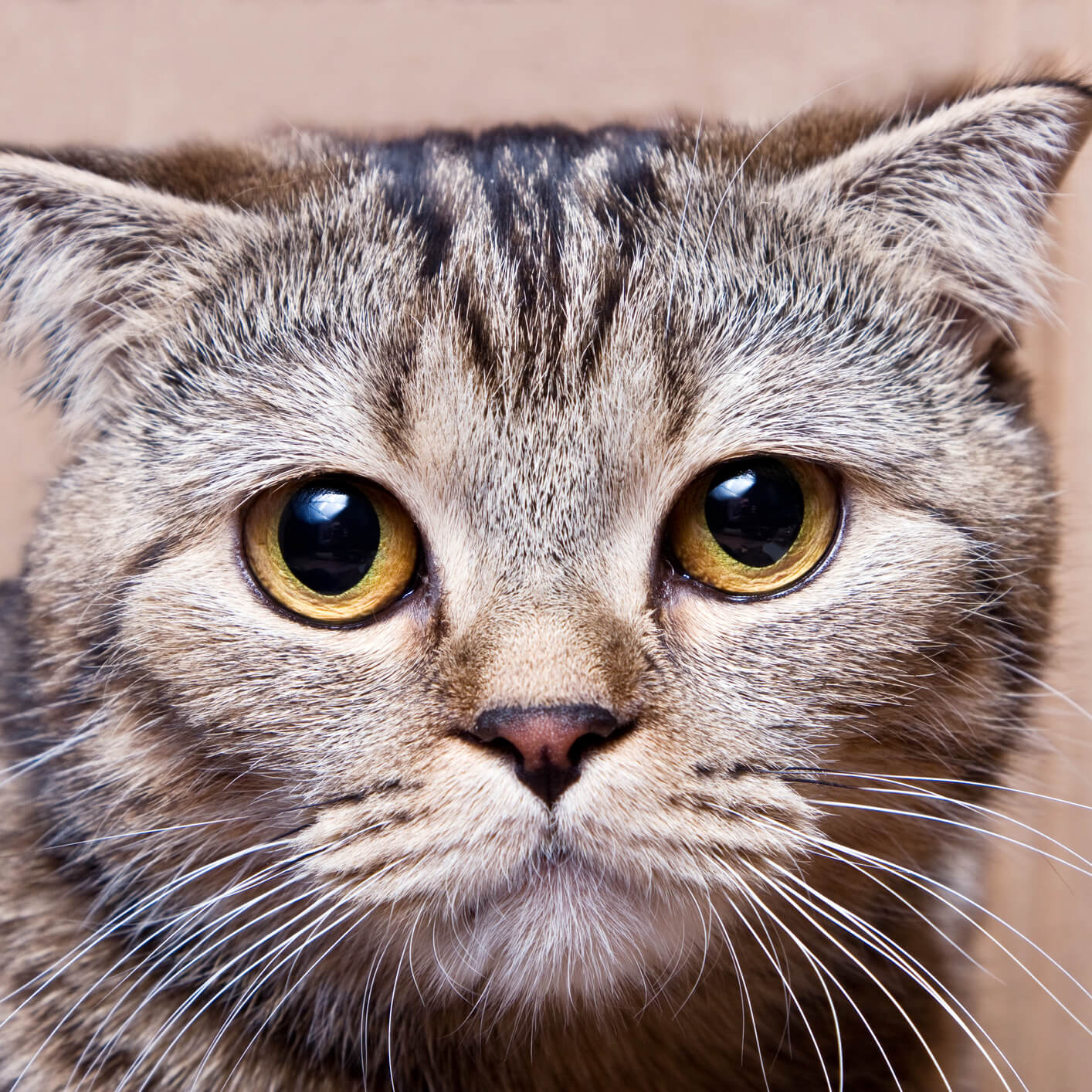The Tosa Inu Dog Breed is a Japanese breed of dog. It originated in the early Meiji period (1868–1912) from the native Shikoku-Inu, The Tosa Inu is a very rare breed of dog that originated in Japan. The first Tosa Inu was bred in the second half of the 19th century.
They are considered to be very intelligent and strong. These dogs were crossed with European breeds such as the Old English Bulldog in 1872, English Mastiff in 1874, Saint Bernard and German Pointer in 1876, Great Dane in 1924, and Bull Terrier.
The Tosa was bred specifically to be a larger, more powerful dog for dogfighting competitions in Japan between 1924 and 1933. During this time period, there were said to have been more than 5,000 Tosa breeders.
In Japan, there is a strong tradition of breeding Tosa. The breed has been called “Sumo wrestler of the dog world” and is known for its agility and power. The best-known and highest-ranked Tosa Inu was celebrated as a national hero.
Tosa Inu Dog Physical Appearance
The Tosa varies in size. The Japanese-bred dogs tend to be about half the size of those bred outside the country, and generally weigh between 36 and 61 kilograms. Non-Japanese breeders have focused on larger dogs that weigh from 60 to 90 kg and stand 62 to 82 cm at the withers. These dogs have muscular bodies and strong backs.
Their chest is broad and their tails are thick at the base and thin out towards the end. They have a short, hard, dense coat that comes in red, tawny, apricot, or black with tabby markings. This dog’s head is big, broad, and square with a large nose.
Its short ears are thin and hang loosely on both sides of its cheeks. The chest has some white patches on it while the front feet have small white markings.
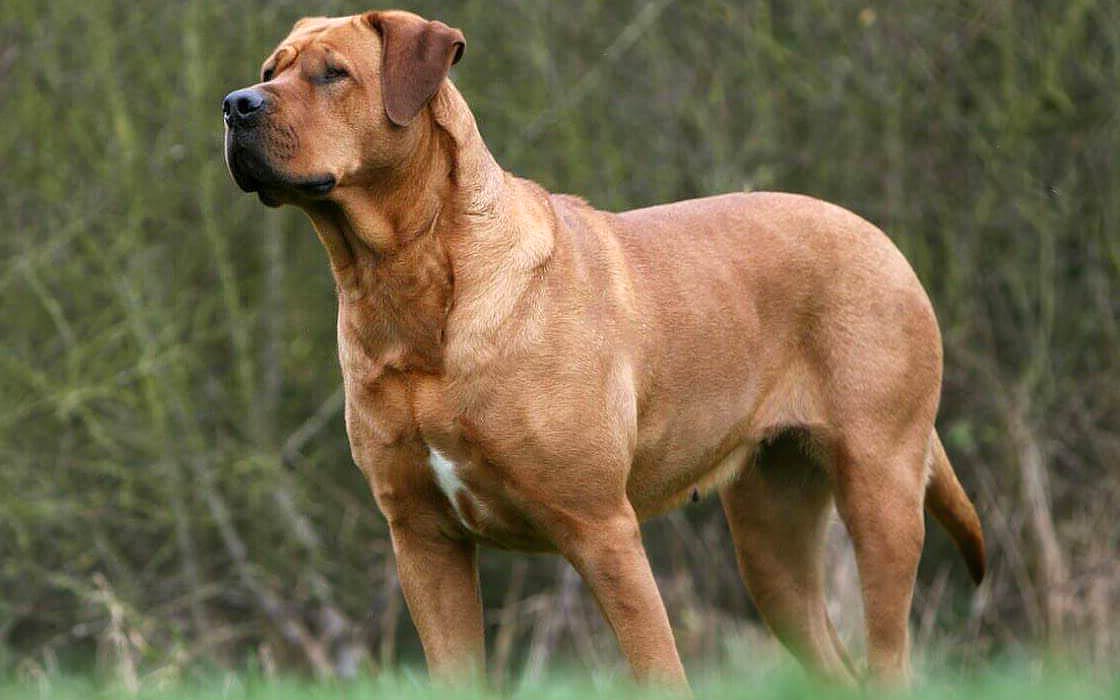
Tosa Inu Dog Behavior
- The Tosa Inu is a large, but peaceful dog.
- It has an instinct to protect its family and will viciously attack any strangers who come nearby. But it needs an authoritative owner to train it properly, as the Tosa Inu can be aggressive towards other animals or people.
- The Tosa Inu takes a long time to grow up. It usually takes almost 4 years for them to be fully matured.
- They must not be kept together with dogs of the same size, sex, or temperament. This dog has a high pain tolerance and is independent-minded.
Despite the athleticism and agility of this breed, he is known to be powerful. In order for a Tosa Inu to be well-bred, socialized, trained, and under control at all times, he must have been well-bred by a reputable breeder.
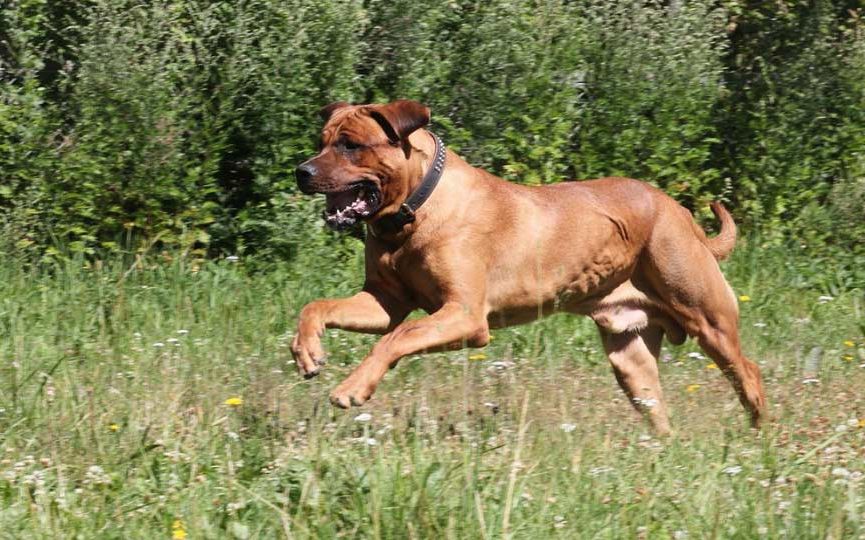
Tosa Inu Dog Training and Caring
Tosa Inu dogs need to be walked for at least an hour a day. The walks are the best place for them to interact with other animals, exercise, relax, and get mental stimulation. These dogs also enjoy short training sessions.
This dog lives in a spacious house with a yard big enough for their daily walks. The Tosa Inu is a large fighting breed that needs exercise to stay healthy. Without it, they would become stressed and display behavioral issues.
They are not a high-energy dog that demands extreme amounts of exercise but needs moderate amounts daily. Take them out for long walks or jogging every day. Tosa Inu has a coat that is short and stiff.
Their brushing needs are minimal, just once or twice a week to remove dead hair and dirt. Bathing every two or three months can suffice, but they are very active dogs outside so it might be more frequent depending on where they play.
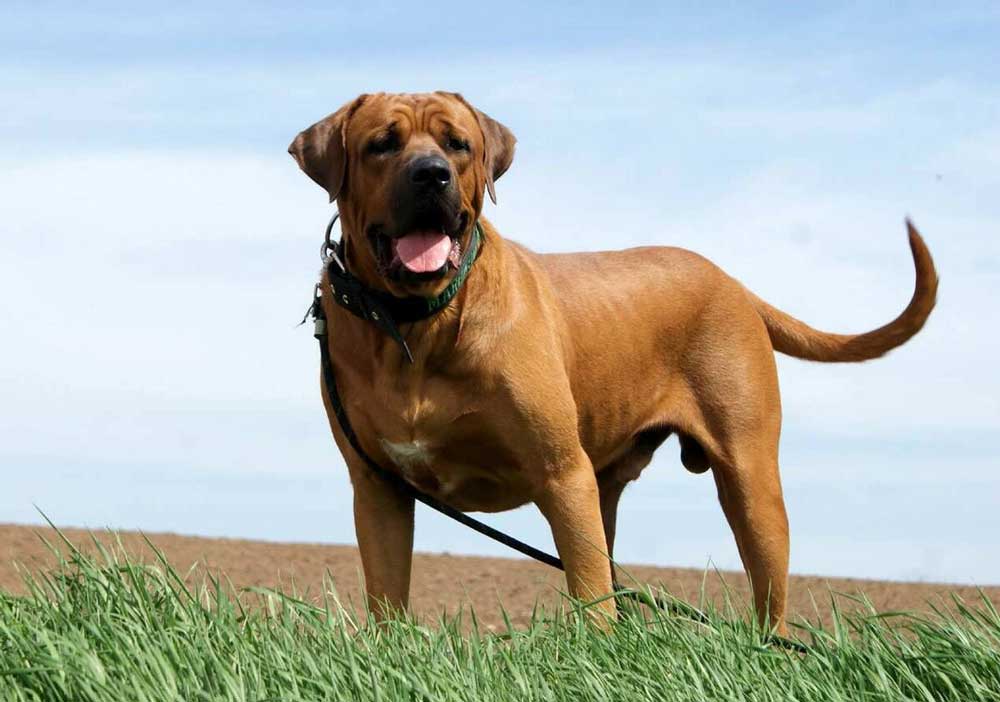
Tosa Inu Dog Health
The Tosa Inu is a healthy dog breed. Some of the conditions that can affect the Shiba Inu are hip dysplasia, heatstroke, cancer, and hypertrophic cardiomyopathy (HCM). They average 9-10 years of life.
RECOMMENDED ARTICLES
- 10 Great Dog Breeds for First-Time Owners
- Portuguese Water Dog: Characteristics, Behaviour And Health
- Newfoundland Dogs: Characteristics, Behaviour And Health
- Leonberger Dog – 4 Comprehensive Body Characteristics, Behaviour And Health
- Mastiff Dog Breed – 8 Exclusive Body Characteristics, Behaviour and Health
If you like, please share it. Sharing is usually caring.

